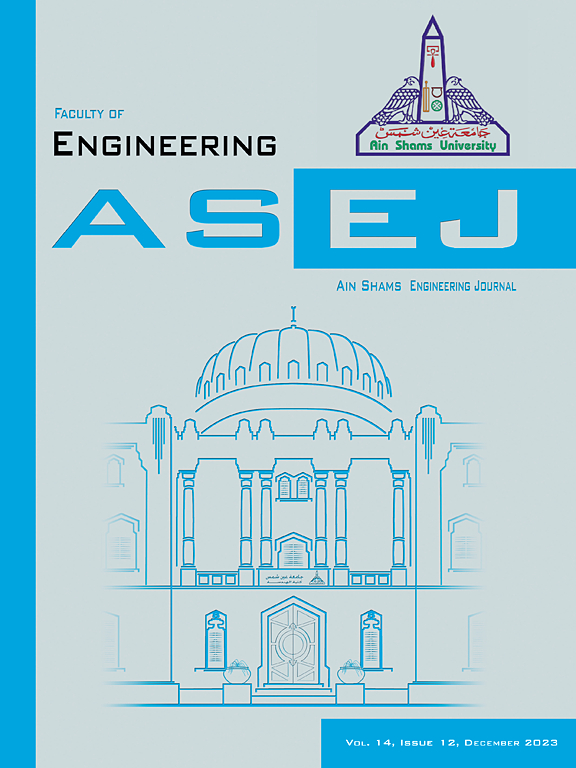Deconstructing synergistic carbon reduction mechanisms in large-scale construction governance: A Monte Carlo simulation based on a cross-scale model
IF 5.9
2区 工程技术
Q1 ENGINEERING, MULTIDISCIPLINARY
引用次数: 0
Abstract
This study develops a cross-scale collaborative optimization model to explore synergistic carbon emission reduction (SCER) mechanisms in governance networks for large-scale construction projects. Monte Carlo simulations validate the model and provide actionable guidance. Key results indicate optimal cost-effectiveness ratios for additional capability deployment between [0.439, 1.371], and policy leverage ratios between [0.425, 1.097]. Contractual governance emerges as pivotal, with value allocation ratios between general contractors and engineering commands ranging from 0.415 to 0.590, and between general contractors and subcontractors from 0.349 to 0.661. Relational governance, in contrast, shows weaker, nonlinear effects. The engineering commands excessive intervention slightly inhibited SCER during project execution. This study advances low-carbon construction governance by providing a quantitative framework for balancing cost, value distribution, and policy support.
解构大型建筑治理中的协同减碳机制:基于跨尺度模型的蒙特卡罗模拟
本研究建立跨尺度协同优化模型,探讨大型建设项目治理网络中的协同碳减排机制。蒙特卡罗仿真验证了该模型并提供了可操作的指导。关键结果表明,额外能力部署的最优成本效益比在[0.439,1.371]之间,政策杠杆率在[0.425,1.097]之间。合同治理是关键,总承包商和工程命令之间的价值分配比率从0.415到0.590不等,总承包商和分包商之间的价值分配比率从0.349到0.661不等。相反,关系治理表现出较弱的非线性效果。工程指令的过度干预对项目执行过程中的SCER有轻微抑制作用。本研究通过提供平衡成本、价值分配和政策支持的量化框架来推进低碳建筑治理。
本文章由计算机程序翻译,如有差异,请以英文原文为准。
求助全文
约1分钟内获得全文
求助全文
来源期刊

Ain Shams Engineering Journal
Engineering-General Engineering
CiteScore
10.80
自引率
13.30%
发文量
441
审稿时长
49 weeks
期刊介绍:
in Shams Engineering Journal is an international journal devoted to publication of peer reviewed original high-quality research papers and review papers in both traditional topics and those of emerging science and technology. Areas of both theoretical and fundamental interest as well as those concerning industrial applications, emerging instrumental techniques and those which have some practical application to an aspect of human endeavor, such as the preservation of the environment, health, waste disposal are welcome. The overall focus is on original and rigorous scientific research results which have generic significance.
Ain Shams Engineering Journal focuses upon aspects of mechanical engineering, electrical engineering, civil engineering, chemical engineering, petroleum engineering, environmental engineering, architectural and urban planning engineering. Papers in which knowledge from other disciplines is integrated with engineering are especially welcome like nanotechnology, material sciences, and computational methods as well as applied basic sciences: engineering mathematics, physics and chemistry.
 求助内容:
求助内容: 应助结果提醒方式:
应助结果提醒方式:


